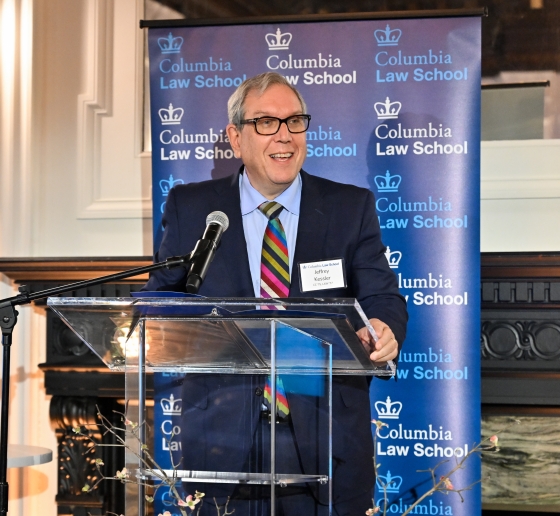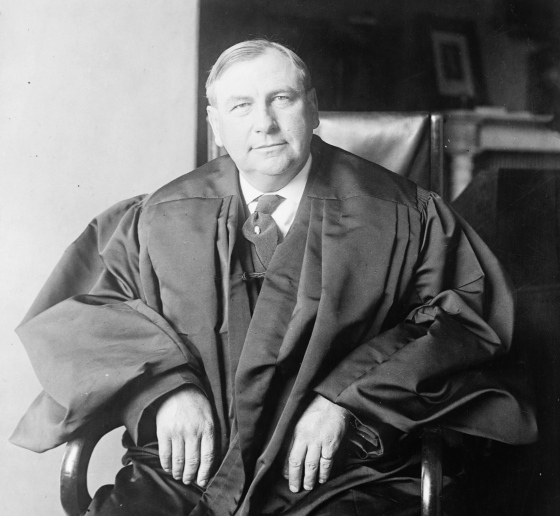2025 Harlan Fiske Stone Society Reception
Members of the alumni society gathered on May 6 to honor Jeffrey L. Kessler ’77 for his commitment to justice and connection to his Columbia roots.

Jeffrey L. Kessler ’77 (pictured) accepting the 2025 Harlan Fiske Stone Society Award.
Jeffrey L. Kessler CC ’75, LAW ’77 was honored with the Law School’s Harlan Fiske Stone Society Award on May 6. The award, which is presented at the society’s annual reception, honors an individual who has demonstrated leadership in annual giving, volunteerism, civic engagement, and contributions to and achievements within the legal profession.
In presenting the award, Daniel Abebe, Dean and Lucy G. Moses Professor of Law, recognized Kessler as “one of the most respected and influential litigators of our time” and “a powerhouse in the courtroom and a trusted adviser across industries.”
Kessler’s career spans the highest levels of antitrust and international arbitration. He currently serves as co-executive chairman of Winston & Strawn, where his practice has focused primarily on sports law. Kessler has represented players’ unions in the NFL, the NBA, MLB, and the U.S. women’s national soccer team, “fighting for free agency, the rights of athletes, and just basic fairness,” said Dean Abebe. Kessler led the legal team representing college athletes in the landmark antitrust case National Collegiate Athletic Association v. Alston; the 9-0 Supreme Court decision is considered a noteworthy win for student-athletes and has contributed to reshaping the landscape of college athletics.
“Jeff’s commitment to justice extends beyond the high-profile cases,” continued Dean Abebe. “He’s taken on major pro bono work and mentored young lawyers—including many at Columbia, where he’s taught as an adjunct professor and serves on the Board of Visitors.”
Through it all, “Jeff has remained deeply connected to his roots. He’s never forgotten what Columbia gave him—and he’s given back generously in return,” the Dean concluded. “His support for Columbia College and Columbia Law has opened doors for students and helped strengthen the future of this institution.”

